Golconda (Urdu: گولکنڈہ, lit. “round hill”), or Golconda Fort is a fortified citadel and ruined city located in the western part of Hyderabad, in present-day Telangana, India. The present structure, which was historically known as Qila Muhammadnagar, was built by the Qutb Shahi Sultans of Golconda, during the reign of the first three Sultans, Quli Qutb-ul-Mulk, Jamsheed Quli Qutb Shah, and Subhan Quli Qutb Shah.
A previous mud-fort built during the reign of Kakatiya ruler Pratāparudra in the 11th century existed before the current structure. It was ceded to the Bahmani Kings by Deo Rai, Rajah of Warangal during the reign of Sultan Muhammad Shah (1358–1375 A.D.) of the Bahmani Sultanate. Following the death of Sultan Mahmood Shah, the Sultanate disintegrated and Sultan Quli, who had been appointed as the Governor of Hyderabad by the Bahmani Kings, fortified the city and made it the capital of the Golconda Sultanate. Because of the vicinity of diamond mines, especially Kollur Mine, Golconda flourished as a trade centre of large diamonds known as Golconda Diamonds. Golconda fort is currently abandoned and in ruins.
The complex was put by UNESCO on its “tentative list” to become a World Heritage Site in 2014, with others in the region, under the name Monuments and Forts of the Deccan Sultanate (despite there being a number of different sultanates).
History
The origins of the Golconda fort can be traced back to the 11th century. It was originally a small mud fort built by Pratāparudra of the Kakatiya Empire. The name Golconda means “round hill” in Urdu, however, others say that Golconda is thought to originate from Telugu for “Cowherd’s hill” (గొల్ల కొండ, romanized: Gullakōnḍa). It is also thought that Kakatiya ruler Ganapatideva 1199–1262 built a stone hilltop outpost — later known as Golconda fort — to defend their western region. The fort was later developed into a fortified citadel in 1518 by Sultan Quli of the Qutb Shahi Empire and the city was declared the capital of the Golconda Sultanate.
The Bahmani kings took possession of the fort after it was made over to them by means of a sanad by the Rajah of Warangal. Under the Bahmani Sultanate, Golconda slowly rose to prominence. Sultan Quli Qutb-ul-Mulk (r. 1487–1543), sent by the Bahmanids as a governor at Golconda, established the city as the seat of his governance around 1501. Bahmani rule gradually weakened during this period, and Sultan Quli (Quli Qutub Shah period) formally became independent in 1518, establishing the Qutb Shahi dynasty based in Golconda. Over a period of 62 years, the mud fort was expanded by the first three Qutb Shahi sultans into the present structure: a massive fortification of granite extending around 5 km (3.1 mi) in circumference. It remained the capital of the Qutb Shahi dynasty until 1590 when the capital was shifted to Hyderabad. The Qutb Shahis expanded the fort, whose 7 km (4.3 mi) outer wall enclosed the city.
During the early seventeenth century a strong cotton-weaving industry existed in Golconda. Large quantities of cotton were produced for domestic and exports consumption. High quality plain or patterned cloth made of muslin and calico was produced. Plain cloth was available as white or brown colour, in bleached or dyed variety. Exports of this cloth was to Persia and European countries. Patterned cloth was made of prints which were made indigenously with indigo for blue, chay-root for red coloured prints and vegetable yellow. Patterned cloth exports were mainly to Java, Sumatra and other eastern countries.
Golconda fort
The fort finally fell into ruin in 1687 after an eight-month-long siege led to its fall at the hands of the Mughal emperor Aurangzeb, who ended the Qutb Shahi reign and took the last Golconda king, Abul Hassan Tana Shah, captive.
Diamonds
The Golconda fort used to have a vault where the famous Koh-i-Noor and Hope diamonds were once stored along with other diamonds.
Golconda is renowned for the diamonds found on the south-east at Kollur Mine near Kollur, Guntur district, Paritala and Atkur in Krishna district and cut in the city during the Kakatiya reign. At that time, India had the only known diamond mines in the world. Golconda was the market city of the diamond trade, and gems sold there came from a number of mines. The fortress-city within the walls was famous for diamond trade.
Its name has taken a generic meaning and has come to be associated with great wealth. Some gemologists use this classification to denote the extremely rare Type IIa diamond, a crystal that essentially lacks nitrogen impurities and is therefore colorless; Many Type IIa diamonds, as identified by the Gemological Institute of America (GIA), have come from the mines in and around the Golconda region
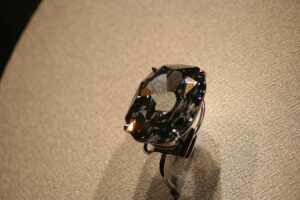
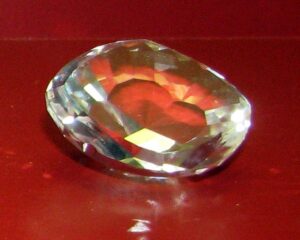
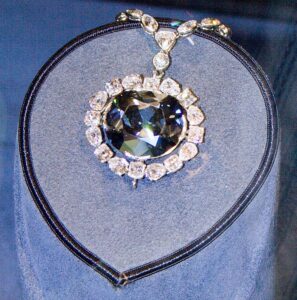
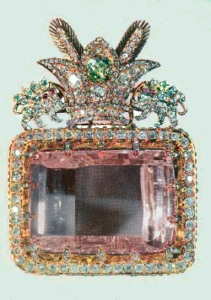
- Wittelsbach-Graff Diamond 2. Koh-i-Noor 3. Hope Diamond 4. Daria-i-Noor

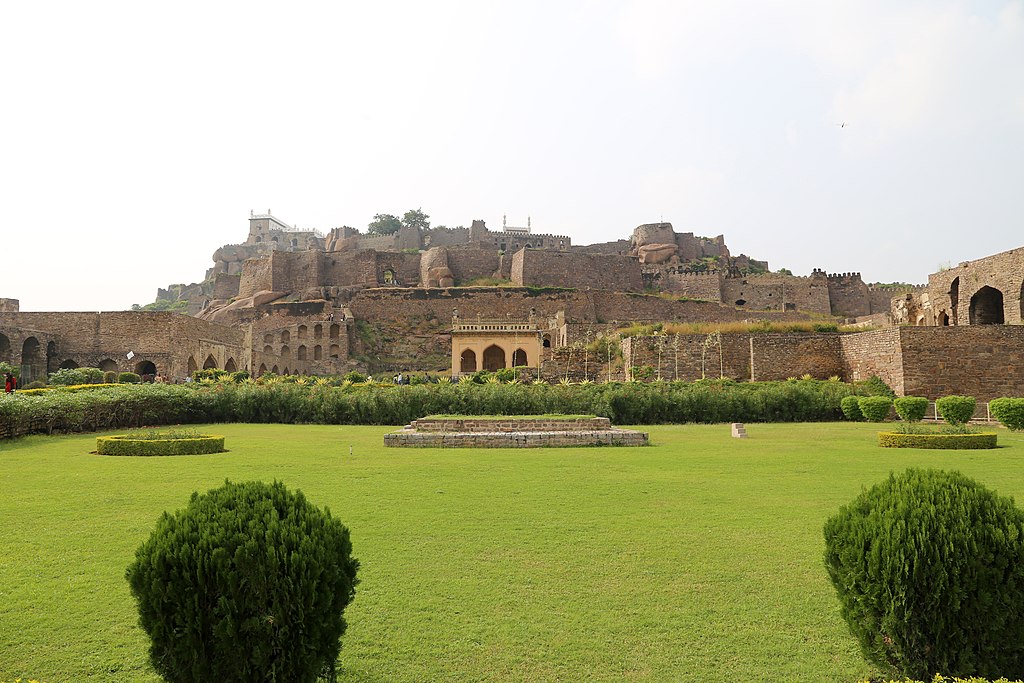
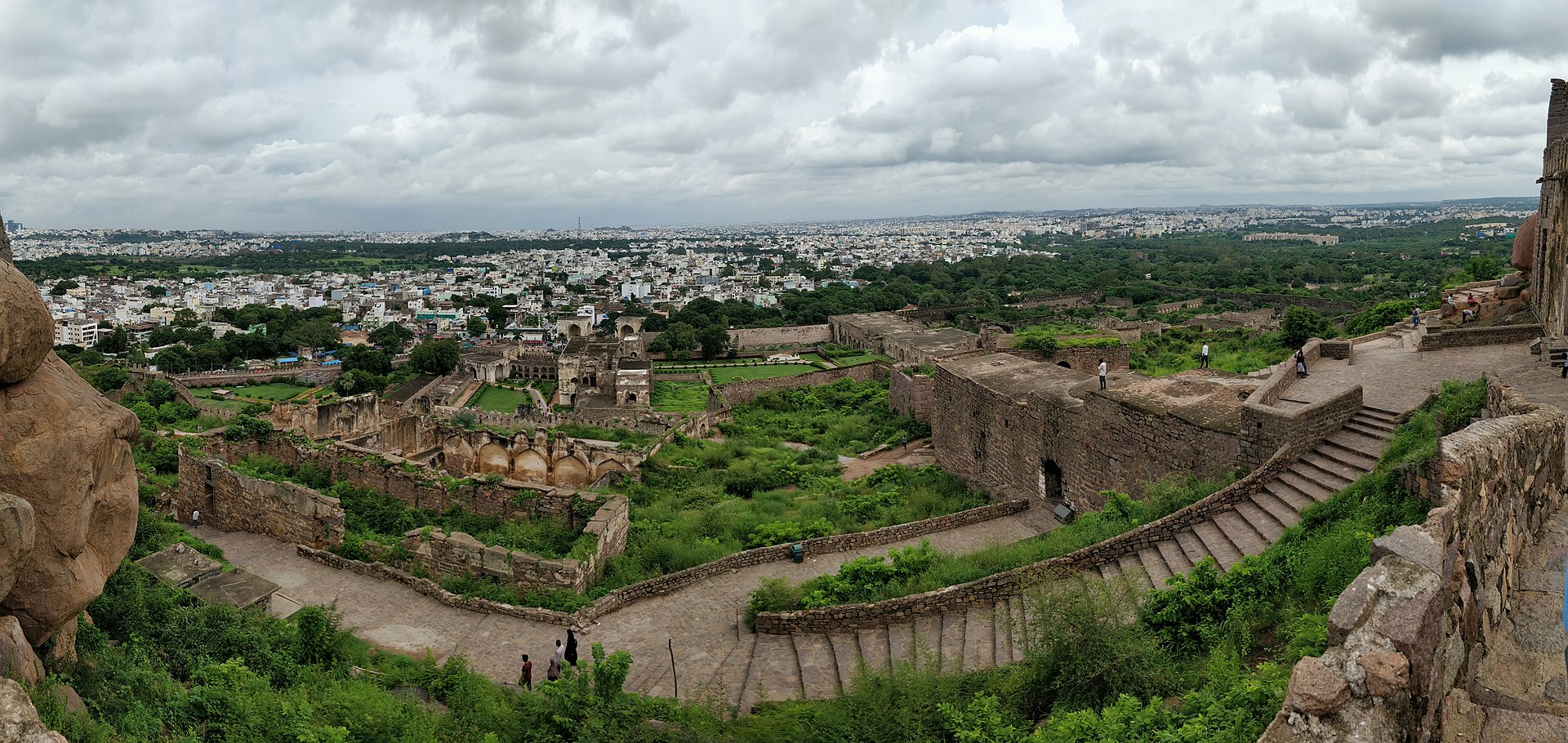








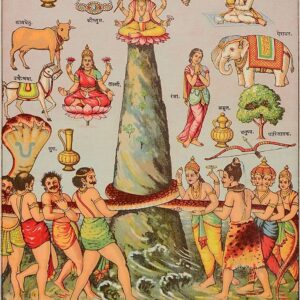


Reviews
There are no reviews yet